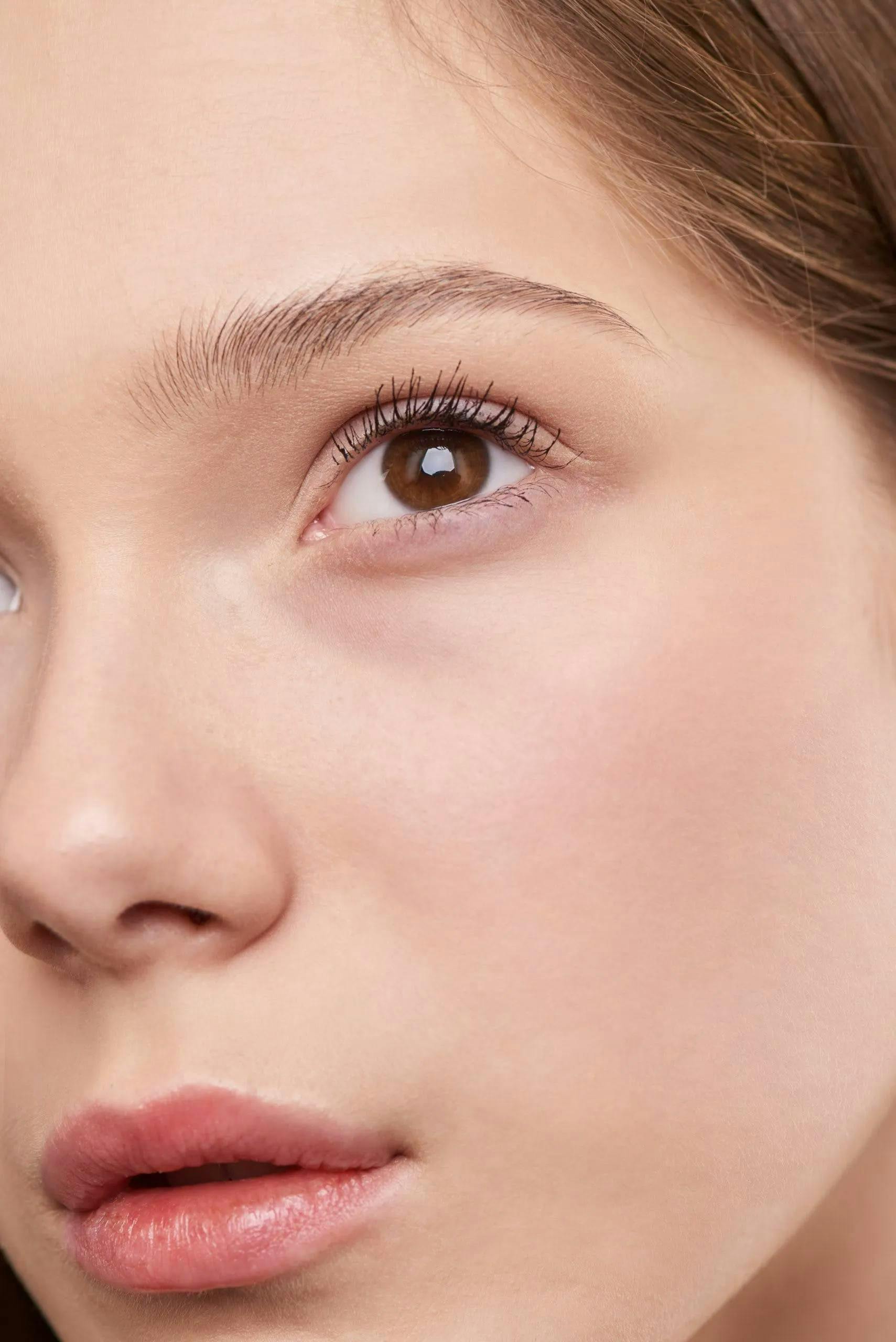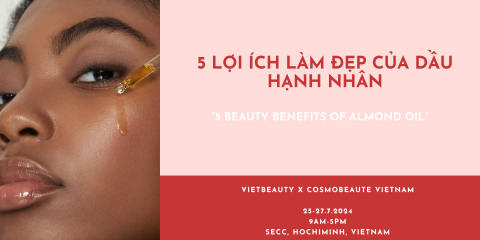What Is Dermaplaning?
Here's what to know about the beauty phenomena that has garnered a cult-following of staunch users.

Several new beauty regimens made their way into the skincare industry from LED light therapy to microcurrent facial toners—yet dermaplaning, which has been around the market for a period of time, has garnered a reputation from being the best exfoliator in the market to a hazardous tool masked under a beauty instrument. A plethora of spas across the country offer dermaplaning procedures with experts who have mastered the art of facial shaving. Yet not everyone has the luxury of undergoing dermaplaning procedures by professionals. This poses a question: is dermaplaning safe and should we incorporate it into our skincare routine?
What is dermaplaning?
Dermaplaning is a procedure used to shave off dead skin cells on your face with a single, sharp blade that resembles a scalpel. The thin blade can also remove peach fuzz and facial hair leaving skin clear and smooth after the procedure. Though placing a thin blade close to one's face may sound dangerous, dermaplaning has been proven to be safe and gentle with virtually no pain at all.
What are the pros and cons of dermaplaning?
Known for its exfoliating benefits, dermaplaning has proven to help decrease fine lines and wrinkles and boost collagen production. Dermaplaning has also helped with preventing acne, according to Kerry Benjamin, founder of Stacked Skincare and professional esthetician, “By removing the top layer of dead skin cells, dermaplaning prevents oils, dead skin, and debris from being trapped inside the follicle.” Despite the stellar benefits of dermaplaning, when used incorrectly, the regimen can cause permanent scars across the face.
Who should avoid dermaplaning?
According to Dara Levy, founder of Dermaflash, people who suffer from cystic acne with open wounds should avoid dermaplaning. “Those with active acne or open sores should not use the device until the pimples or elevated marks have calmed down,” says Levy. Additionally, people who have inflammatory skin conditions such as psoriasis and eczema should avoid the procedure overall as dermaplaning can cause micro-cuts on the skin's surface.
Who is a good candidate for dermaplaning?
The hair-removing and skin-exfoliating nature of dermaplaning works well with people who wish to improve the overall look of their skin by getting rid of peach fuzz, minimizing fine lines, and preventing the likelihood of breakouts to occur.
What is the difference between dermaplaning and dermabrasion?
The two procedures are entirely distinct from one another that makes use of different techniques and deliver specific results. Dermaplaning is a quick and gentle procedure that does not require downtime to heal as the procedure solely removes hair and dead skin cells from the surface. Dermabrasion is widely different, as the procedure makes use of micro-crystals and suctioning for a mechanical exfoliation that can seem intense in the skin, which could also lead to scarring and infections.
Can we do it ourselves?
Absolutely— dermaplaning can be done at home without the need for a professional. Here are some helpful tips for safely dermaplaning at home:
- Before dermaplaning, make sure that your skin is clean and dry. This allows for the blade to smoothly exfoliate the skin.
- Pull the skin back and position the razor at a 45-degree angle against your face, moving downwards to thinly remove impurities on the surface.
- Very little pressure is necessary, so avoid penetrating the razor on your skin to prevent permanent scarring.
- After dermaplaning, your skin will feel soft to the touch making for a flawless canvas before applying makeup. However, it is important to follow dermaplaning with your usual skincare steps: toner, serum, moisturizer, and SPF when done in the daytime.
-
What's the difference between dermaplaning at home and having it done professionally?
Although dermaplaning can be done on our own, at-home facial razors are not able to deeply exfoliate dead skin cells on the surface. Additionally, professional estheticians are trained to safely remove vellus hairs and impurities on the skin's surface. Luckily, there has been a variety of dermaplaning tools available in the market to emulate professionally done procedures.
Source: lofficiel-co-uk.
 EN
EN
 VI
VI



